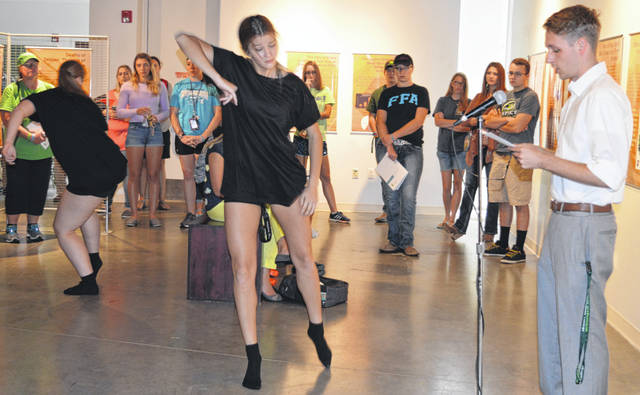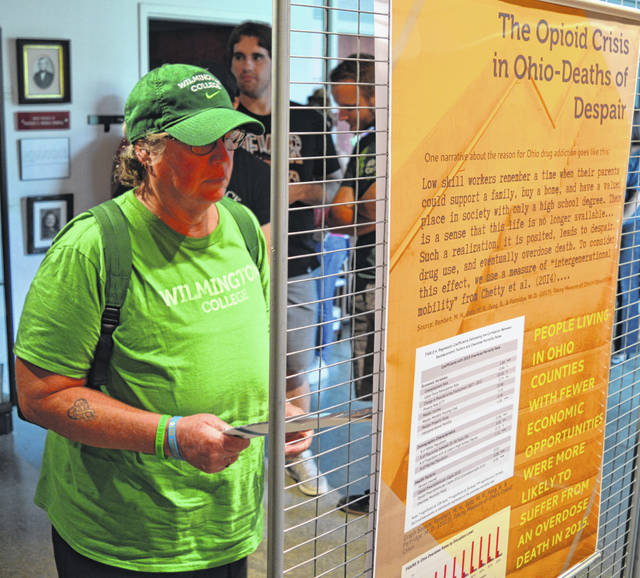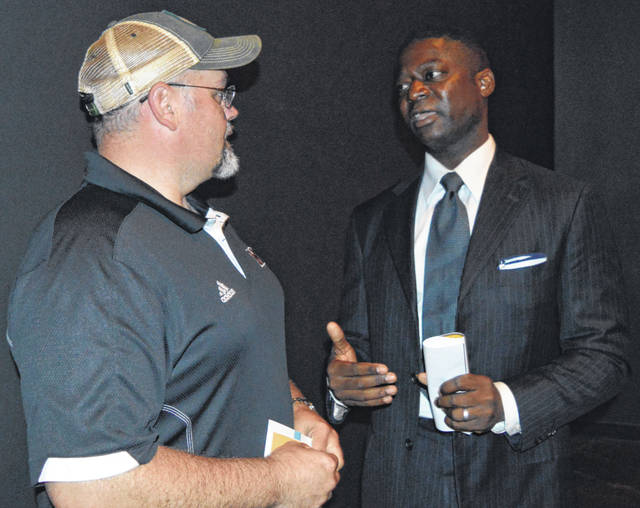


WILMINGTON — Race historically has had a lot to do with how American society sees and reacts to drug addiction, a law professor said Tuesday during the Westheimer Peace Symposium’s opening keynote talk.
His topic related directly to the annual Wilmington College symposium’s 2018 theme of “The Opioid Crisis: Addressing Addiction Through a Social Justice Lens”.
“Over and over the problem is, we understand that when we see social problems in the white community, we think of them as social problems, things we have to address, things we have to fix. When we see the same problems in the African-American, Hispanic or other communities of color, we see criminal law problems. We see things we have to suppress,” said Cardozo Law School Professor Ekow Yankah.
So, his speech concluded, one way Americans can stand for each other is for them to say they will not wait until a problem has a white face to try and help with something other than policing and jails.
Yankah said blacks comprise 13 percent of the U.S. population, and yet comprise 38 percent of the nation’s incarcerated population.
There is a real sense in which the prison system looks from any outside view like a method of racial and class control, he said.
Law enforcement, if not done well, can undo civic bonds, he said.
A 1968 Ohio case, Terry v. Ohio, was the U.S. Supreme Court case that to some extent changed the legal standard from “probable cause” to “reasonable suspicion” for police to stop and frisk a person, said Yankah. This has come to be known as “a Terry stop,” he added.
One consequence is more contact of blacks with police, which translates to more black tension with police, the professor said.
Immediately after the morning keynote, the Quaker Heritage Center (QHC) gallery held an exhibit opening featuring informational posters on the opioid crisis in Ohio. The exhibit opening also included the reading of testimonials provided by WC staff and students on the substance abuse problem.
During the reading of testimonials, dancers wearing black performed movements meant to be chaotic and disturbing, not graceful.
The poster exhibit will be on display for the next two weeks at the QHC in the Boyd Cultural Arts Center on campus. It was produced with the support of the Wilmington College student organization, Active Minds.
Reach Gary Huffenberger at 937-556-5768.




